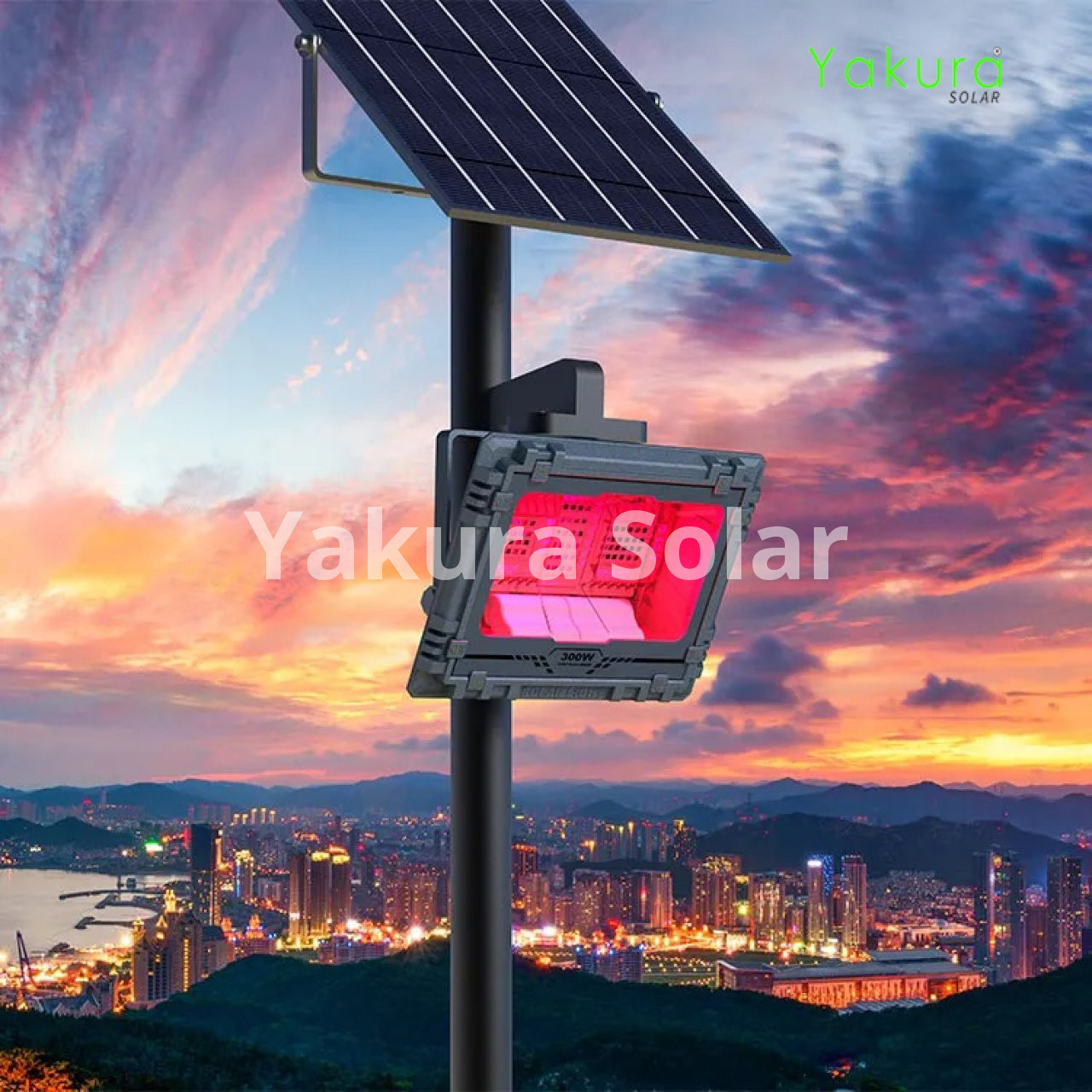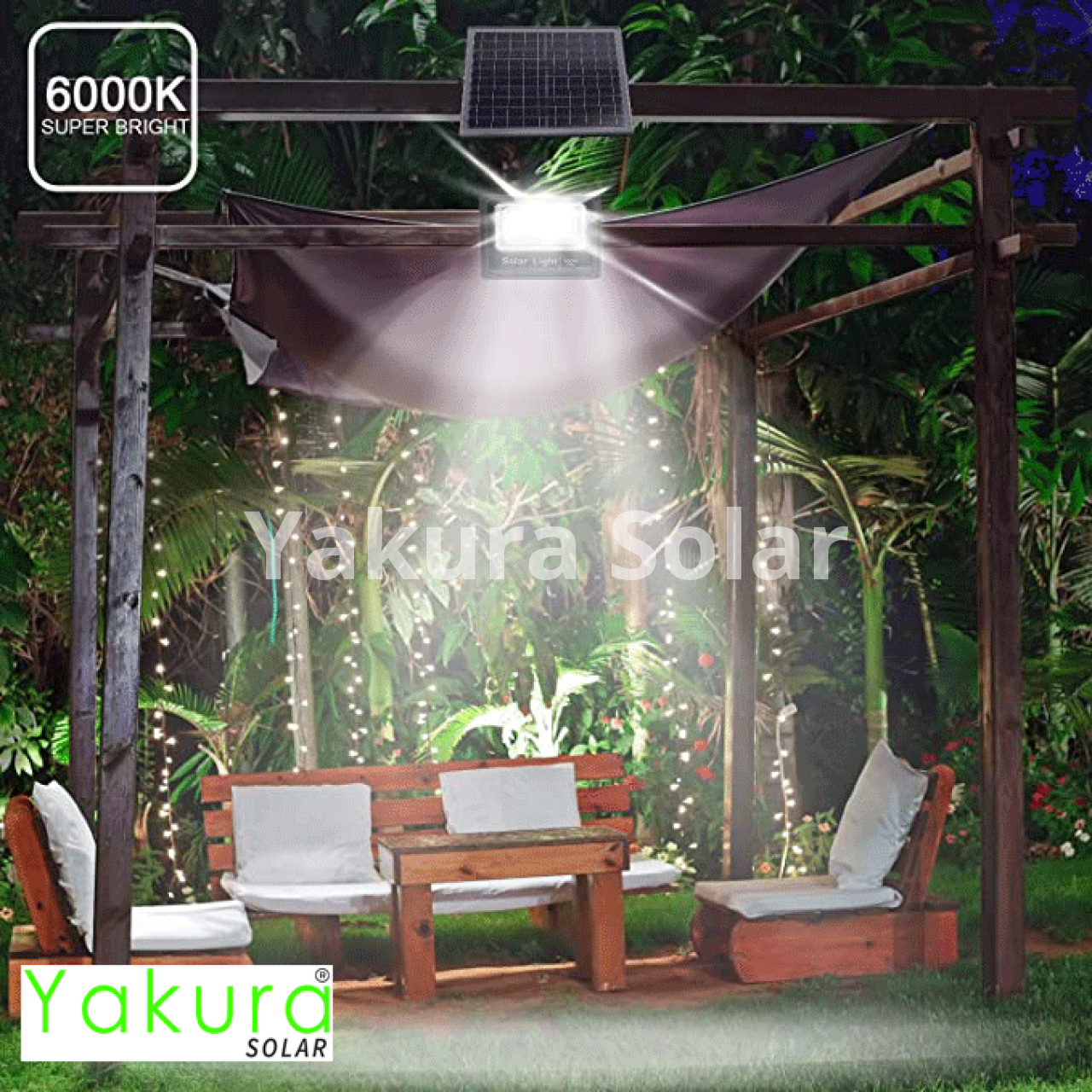Solar Flood Light in Coimbatore

Solar Flood Light
A solar flood light is a type of outdoor lighting fixture that uses solar energy to power its operation. It typically consists of a high-intensity LED (light-emitting diode) light source, a solar panel, and a rechargeable battery.
Here's how a solar flood light typically works:
-
Solar Panel: The solar panel is usually integrated into the flood light or connected to it via a cable. Its purpose is to collect sunlight during the day and convert it into electrical energy.

-
Battery: The solar flood light is equipped with a rechargeable battery, which stores the energy generated by the solar panel. The battery is usually located inside the light fixture.
-
Light Sensor: Many solar flood lights are equipped with a light sensor that automatically detects the ambient light levels. It allows the flood light to turn on automatically at dusk and turn off at dawn, conserving energy and ensuring the light is only active when needed.
-
LED Lights: The flood light incorporates energy-efficient LED bulbs. LEDs are preferred because they consume less power compared to traditional light sources while providing bright illumination. The number of LEDs and their arrangement may vary depending on the specific model.
-
Motion Sensor (optional): Some solar flood lights also feature a built-in motion sensor. When the sensor detects movement within its range, it triggers the flood light to illuminate for a predetermined period. This feature enhances security and acts as a deterrent for potential intruders.

-
Mounting and Adjustability: Solar flood lights are designed for outdoor use and often come with mounting hardware for easy installation on walls, fences, or other structures. They may also have adjustable heads or brackets, allowing you to direct the light precisely where it's needed.
The advantages of solar flood lights include their eco-friendliness, as they rely on renewable solar energy, and their ability to operate independently from the electrical grid, making them suitable for remote or off-grid locations. However, their performance is dependent on the amount of sunlight received during the day, so their effectiveness may vary in regions with limited sunlight or during cloudy days.

When choosing a solar flood light, consider factors such as the brightness and color temperature of the LEDs, the size and quality of the solar panel, battery capacity, run-time, and any additional features like motion sensors or remote control functionality.


